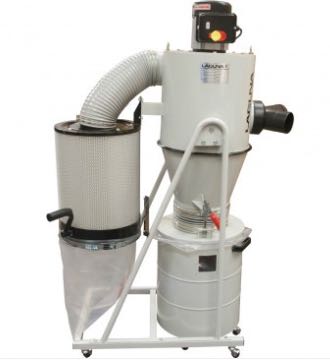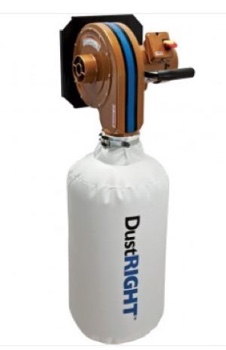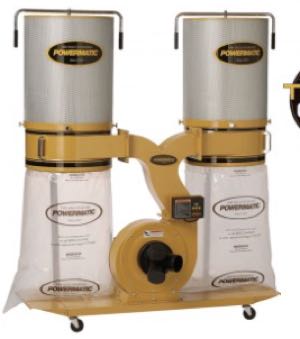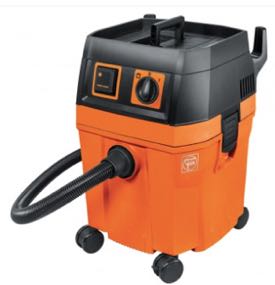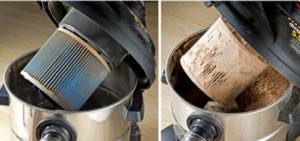Dust Collection 101
Dust collection has to be more than a broom and a dust pan if you are using power tools to any extent. There are three basic types of dust collection necessary, a large Dust Collector, a good Shop Vacuum and an Air Filtration Unit. Wood dust can be hazardous to your health, if your skin and respiratory systems become sensitized to it further exposure could result in allergic reactions ranging from eye irritation and nasal dryness to dermatitis and asthma. If that hasn't got you worried, OSHA has classified wood dust as a known carcinogen. Health risks are only part of the dangers, sawdust makes floors slippery and can be a fire risk. It will clog motors, wear parts of machinery and foul critical adjustment settings. Different machines make different kinds of dust, thickness planers produce piles of wood chips, sanding machines produce clouds of fine dust, sometimes one machine is not the answer, there has to be a combination, each doing what it does best. Having a tool connected to a machine to catch the dust is not always 100% effective, some will escape and hang in the air, this is why the air has to be cleaned as well with an air filtration system. Dust CollectorsDust collectors come in many different sizes, some are lower capacity, portable and run on 110 volt current, they are usually conneced to the tool with a short flexible hose. Larger units usually run on a 220 volt circuit, some on 3 phase current, they are usually stationary with a piping system permently connecting each machine with gate valves to control the suction. Dust collectors get the big pieces and suck them up through large diameter pipes, 4 - 8 inches in diameter, once the pipes are reduced down to a hose small enough to fit on a tool such as a hand sander they don't work as well as a shop vacuum for that application. Round pipes are the most common as dust tends to collect in the corners of square tubing, but it can be used if there are no other options, it is a good idea to tap it once in a while to free any trapped dust. The design of the piping layout is important, right angle bends should be avoided, use two 45 degree elbows, the pipe has to be sized to match the dust collector unit capacity. Both metal and plastic tubing, usually PVC, are used, it comes down to personal preference, some are concerned about static build up in the plastic tubes. There are grounding solutions to prevent static but many do not find it a problem or consider it a danger. Piping may be overhead or underground if added when shop is constructed or if there is a crawl space. Some prefer to run a covered trough through center of shop to contain DC piping, compressed air and electrical feeds. Most collectors have the fan unit connected between two bags, a solid bag on the bottom to catch the dust and chips and a porus bag on the top that acts as a filter for the exhaust air. Many units come with a 5 micron filter bag which means that any particles smaller than that will pass through and enter the room air. Some units come with1 micron filter bags that removes much smaller particles from the exhaust, these bags are also available to replace the 5 micron style bags.
Dust Gates
Shop VacuumsEven with a large dust collector there are times when a shop vacuum is more suitable, particularily working with miter saws, bandsaws, belt sanders, and ROS. Drywall kits have light flexible hoses which allow freedom of movement of the ROS especially. A dust separator will help keep the shop vacuum filter clean. There is not a lot of difference in the performance of most shop vacuums, some are slightly better than others, any of them will likely do the job. The difference is in the noise level, the more you pay, generally the quieter they run, noise can be distracting and without hearing protection hazardious to your hearing.
Air FilterationDust collectors and shop vacuums remove chips and most of the dust but there will still be fine particles of dust in the air. An air filtration system will clean the air as it is drawn through filters and exhausted out the other side. These units are usually hung from the ceiling but can be placed on a bench if so desired close to the source. The filters have to be cleaned, frequency depends on the conditions in your shop. There are manufactured units available and also many plans to make your own using stock furnace filters.
|

